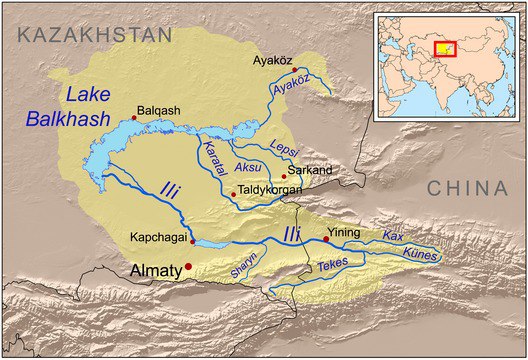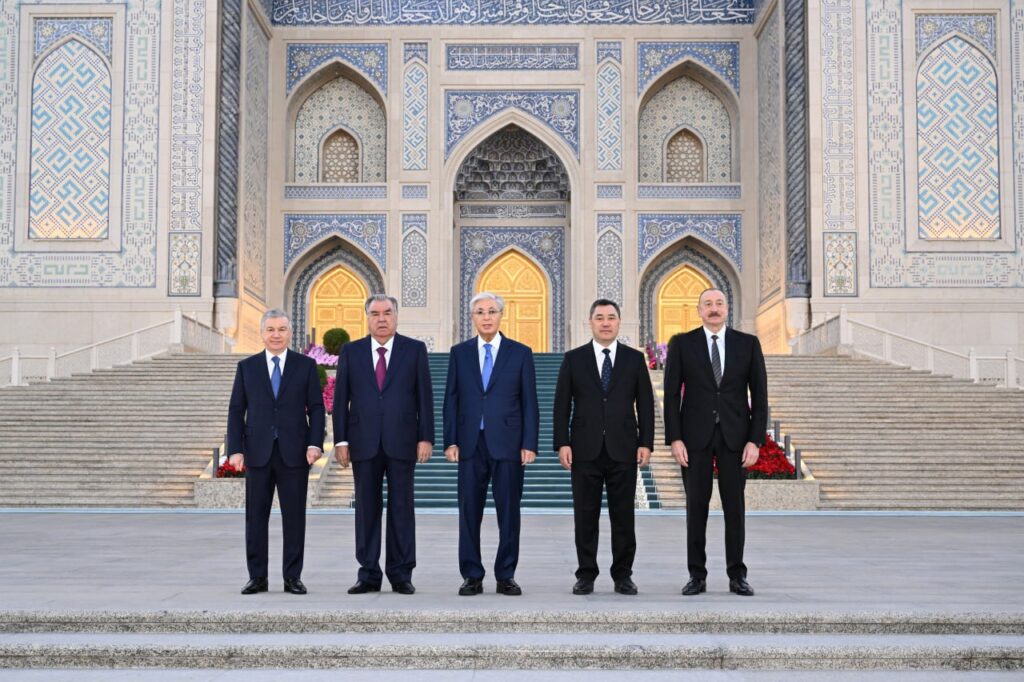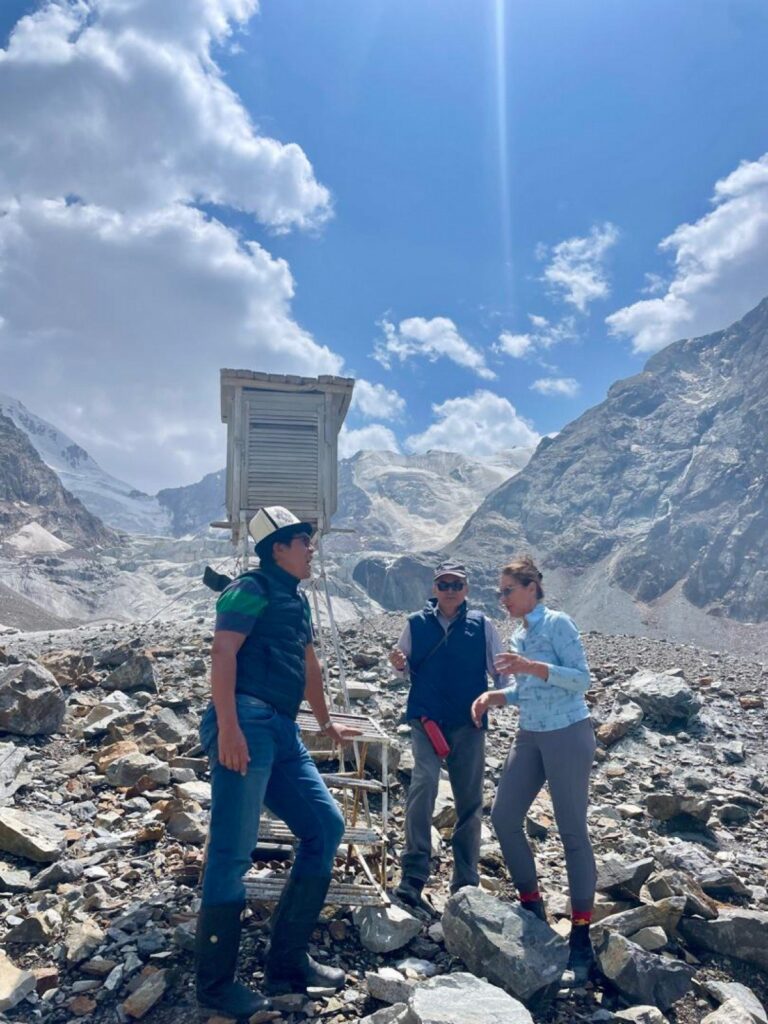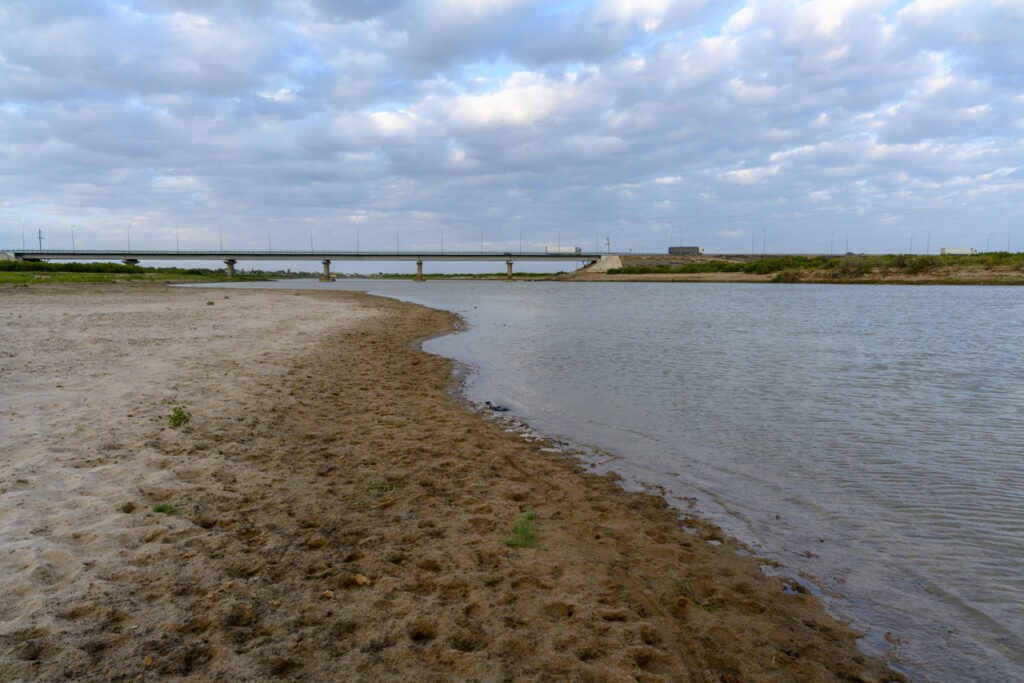The Ministry of Water Resources and Irrigation of the Republic of Kazakhstan announced on November 8 that 13.5 billion cubic meters of water had been sent to Lake Balkhash via the Ili River from the Kapchagay Reservoir this year, raising the lake’s average water level to 341.6 meters above sea level.
The trans-boundary Ili River, originating in China, supplies about 70% of Lake Balkhash’s water. According to the ministry, this year’s average water flow at the Kazakhstan-China border was 384 cubic meters per second, a 17% increase from last year.
Lake Balkhash, located 280 kilometers northwest of Almaty, Kazakhstan’s largest city, is the world’s fifteenth-largest lake. In May, reports indicated that Balkhash’s water level had risen by 23 centimeters since the start of the year, largely due to increased rainfall and snowmelt-related floods this past spring.
Earlier this month, The Times of Central Asia reported that Kazakhstan and China have initiated negotiations on the joint management and allocation of water from shared rivers. A key goal for Kazakhstan in these talks is to maintain optimal water levels in Lake Balkhash.
Three major rivers in Kazakhstan — the Irtysh, Ili, and Emel — originate in China, making trans-boundary water management critical for the country.
In late August, The Times of Central Asia also reported that the Kapchagay Reservoir near Almaty had filled to capacity for the first time in a decade. The reservoir collects water from the Ili River and regulates its flow to Lake Balkhash.








